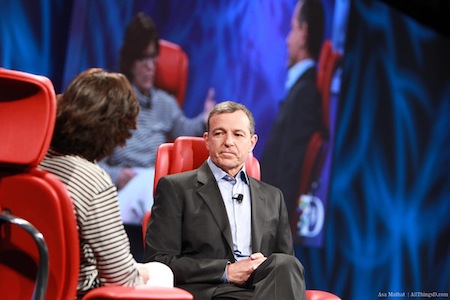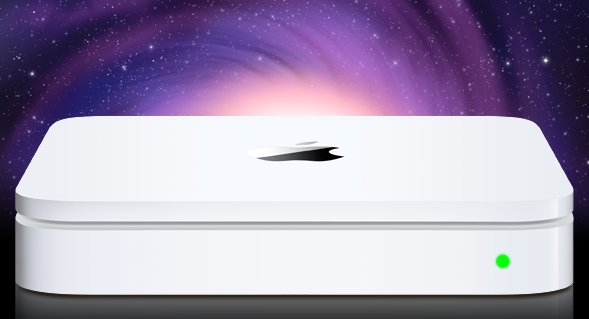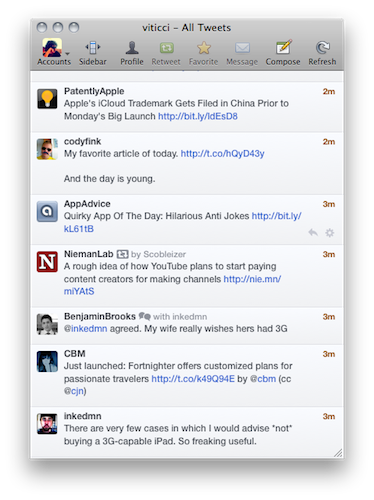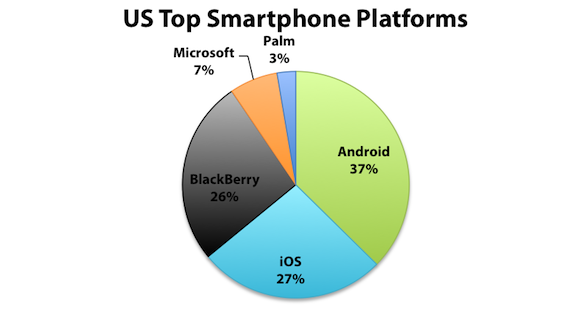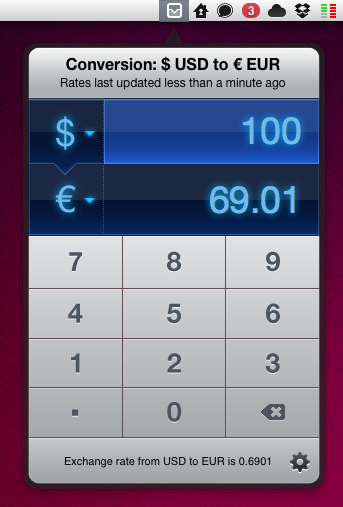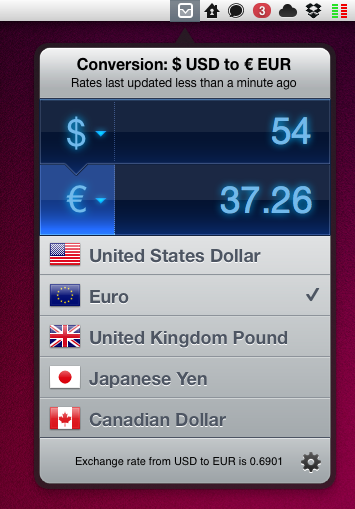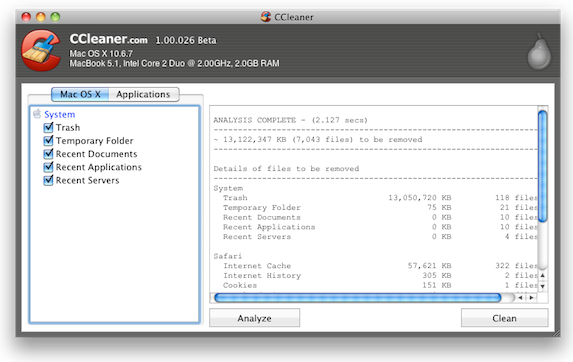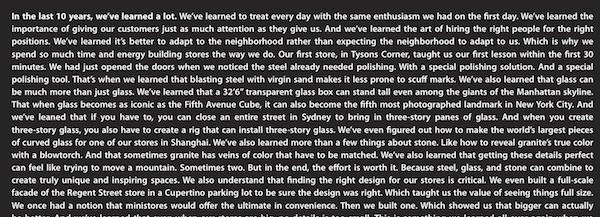Amidst the rumors leading up to Apple’s iCloud and iOS 5 announcements scheduled for Monday, June 6, at the WWDC keynote, Walt Disney CEO Bob Iger said in an interview at All Things Digital’s D9 conference that the company won’t be part of Apple’s iCloud “launch” next week. Whilst it’s still unclear whether iCloud will be publicly available on Monday, or be announced as a closed beta for developers, Iger showed his appreciation for “digital lockers in the sky” that will allow users to store content in one place and access it anywhere at any time.
Kara: Are you part of the Apple iCloud launch next Monday?
Iger: No. But on lockers and clouds in general:
Ability to have your content online, accessible all in one place, that’s a better user experience. Believe that impediments to people buying things include storage: You don’t have room on your hard drive to store all this stuff, and you don’t want to throw it out.
(From Wired’s Steven Levy): Cloud makes more sense if you can move your stuff to different platforms, and different devices. Are you demanding that?
A: We haven’t made any deals yet. But we’re definitely focused on interoperability. We need to demand that.
Apple CEO Steve Jobs is the largest shareholder in Walt Disney, and the company was among the first ones to support the iPod video when it first came out. iCloud was rumored to include movies and TV shows alongside songs from iTunes by the official launch, though recent rumors and reports have focused on the music aspect of the service, failing to provide additional details on video and other media content Apple will distribute on its new platform.
Video interview is available here.


